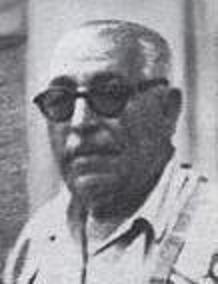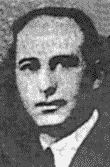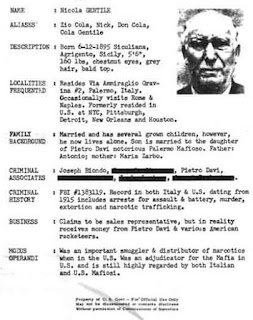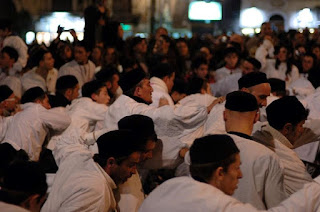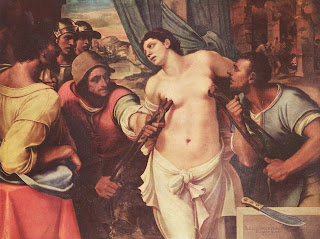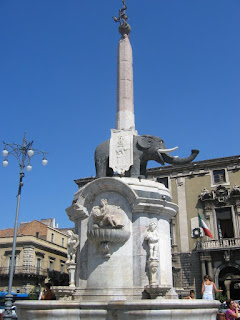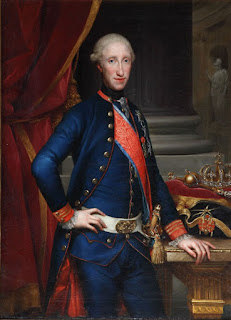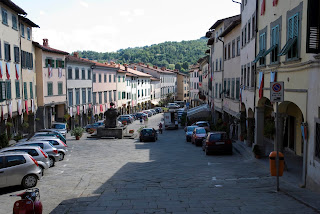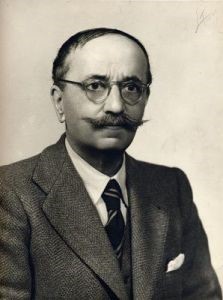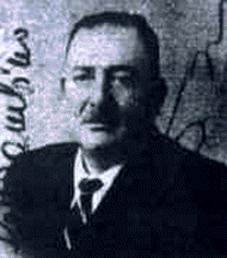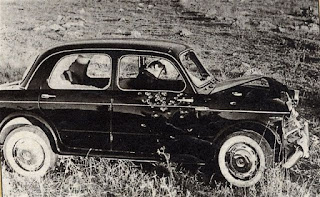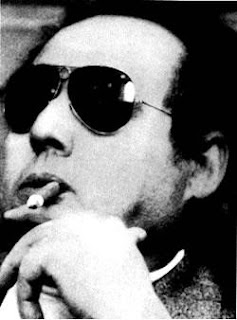Sicilian gangster’s testimony put hundreds behind bars
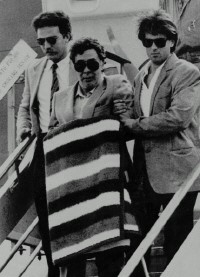 |
| Buscetta's testimony led to hundreds of Mafia-related arrests |
His evidence to the celebrated anti-Mafia judge Giovanni Falcone paved the way for the so-called Maxi Trial, a process lasting six years that led to the conviction and jailing of 350 mafiosi.
Buscetta’s testimony in the Pizza Connection Trial in New York State at around the same time in the mid-1980s led to the conviction of several hundred more mobsters both in Italy and the United States, including the powerful Sicilian Mafia boss Gaetano Badalamenti.
Arguably the most shocking information he passed on to the authorities concerned Italy’s three-times former prime minister, the late Giulio Andreotti, whose links with the Cosa Nostra he exposed shortly after Falcone was murdered in May 1992, killed by a massive bomb placed under the motorway linking Palermo with the city’s international airport.
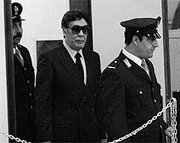 |
| Buscetta arriving at the court in Palermo during the Maxi Trial |
The route to Buscetta becoming the Mafia’s first ‘pentito’ began in Palermo, where he was the youngest of 17 children fathered by a poorly-paid worker in a glass factory.
He followed the usual route out of poverty by becoming involved with crime. He was only 17 when he joined the mob in 1945. In the years that followed he became a fully-fledged member of the Porta Nuova Family, mainly working in cigarette smuggling.
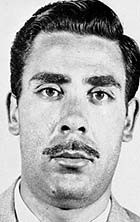 |
| Buscetta was part of the Mafia from a young age |
Two years later he was arrested by police in New York who were aware of his conviction but released after Italian authorities failed to request his extradition. After his later arrest in Brazil, however, he was returned to Italy and began his life sentence.
Eight years later, on day release from prison, he escaped and went back to Brazil, desperate to escape the so-called Second Mafia War, fearing for his life after several of his allies and family members had been eliminated by the ruthless boss, Toto Riina, including his close associate and friend, Stefano Bontade. It was Riina who arranged the murder of Falcone, as well as that of his fellow magistrate, Paolo Borsellino.
When Buscetta was arrested and sent back to Italy again he was so fearful of Riina that he attempted to kill himself in prison before deciding he would seek revenge on Riina by other means. He asked to talk to Falcone, and began his life as an informant - a ‘pentito’.
 |
| The judge Giovanni Falcone, to whom Buscetta disclosed his secrets |
He was therefore able to provide information about the structure, the recruitment techniques and the functions of the Cosa Nostra, providing the authorities with an understanding of the Mafia phenomenon about which they could previously only speculate.
He was the first to reveal the existence and the inner workings of the Cupola - the Mafia commission that governed the organisation and ordered the elimination of its erring members.
Buscetta’s reward was to be given special police protection, a generous income and a new identity in the United States, where he died in 2000 at the age of 71.
There are now several hundred Mafia turncoats helping Italian justice to fight organised crime.
 |
| Palermo's imposing monumental arch at Porta Nuova |
One might imagine that an area that lends its name to a Mafia family to be poor and down at heel but the Porta Nuova is anything but. A giant monumental arch built in the 15th century and rebuilt in the 16th century, it opens into what was the Cassaro, the city’s most ancient street, which runs from the Norman Palace next to the Villa Bonanno park in a straight course right down to the harbour. The street has been renamed Via Vittorio Emanuele but many local people still refer to it as Cassaro.
 |
| The magnificent Teatro Massimo is seen as a symbol of Palermo's rebellion against the grip of the Mafia |
Palermo’s Renaissance-style Teatro Massimo, opened in 1897, has become a symbol of the city’s fight back against the grip of the Mafia. The largest opera house in Italy and the third biggest in Europe after the Opéra National de Paris and the K. K. Hof-Opernhaus in Vienna, originally designed with an auditorium for 3,000 people, it was closed for supposedly minor refurbishments in 1974. But at a time when local government was at its most corrupt and when the Mafia controlled almost everything in the city there was little money in the public purse and the theatre, which once attracted all the great stars from the opera world, would remain dark for 23 years. However, after the Falcone murder, the city turned against the mob as never before and the reopening in 1997, with a concert by the Berlin Philharmonic conducted by the esteemed maestro Claudio Abbado, was seen as a motif for Palermo’s rebirth.
More reading:
The anti-Mafia crusade of Giovanni Falcone
Stefano Bontade - Mafia boss with close ties to ex-PM Giulio Andreotti
How Carlo Gambino became one of the world's most powerful crime bosses
Also on this day:
1478: The birth of Giulio d'Este di Ferrara, nobleman who spent half his life in jail
1814: The founding of the Carabinieri military police force
Home
